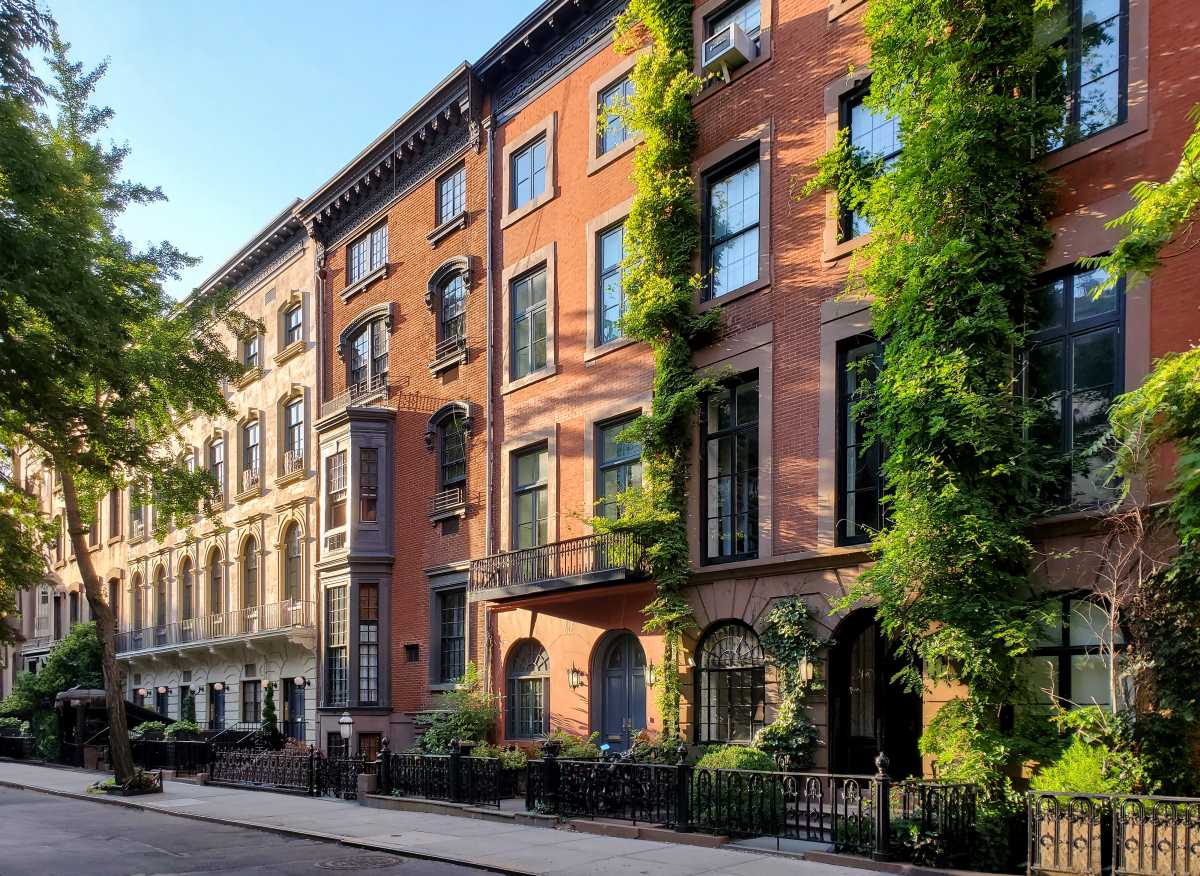
BY JACKSON CHEN | Goodwill NYNJ is talking about once again deploying its mobile collection tents, pickup service, and building-sponsored bins on the Upper East Side.
The pilot program was launched in November specifically on the Upper East Side due to the area’s large number of donors. According to Vanessa Mack, Goodwill’s donations coordinator, the Upper East Side is home to students who move in and out of dorms, schools that accumulate unclaimed lost and found items, constantly shifting tenancies, and those who simply like to donate to a good cause.
“The reality is people love to shop but they may not always have the best practices for disposing those items when they are no longer wanted,” Mack said. “As mass production and mass consumption rise each year, so does the amount of clothing sent to landfills which are not biodegradable.”
To help address the situation, the Goodwill mobile project’s first phase was launched this past fall and had collection tents near the Lexington Avenue subway stations at 59th, 68th, 77th, 86th, and 96th Streets, Monday to Friday from 6:30 to 9:30 a.m. Mack said the tents were responsible for collecting “soft goods,” or clothing and small household items, until the end of the pilot program on December 30.
In two months’ time, Goodwill secured more than $20,000 worth of donations through its initial model, according to Mack, with donations peaking between Monday and Wednesday.
Now, the organization is looking to resume the Upper East Side program in March, first by reaching out to residential buildings to set up donation bins. It is also floting the idea of restoring the collection tents. But at a February 21 meeting of Community Board 8, that idea was not greeted wholeheartedly.
CB8 member Michele Birnbaum said she applauds the organization’s work and that bringing back pickup service was a good idea. But she had no sympathy for any Goodwill plan to return with the drop-off tents.
“Once you come on to the street, I have a very serious problem with it and I would vehemently oppose you going forward with it,” Birnbaum said. “You’re stationed at a subway stop with a tent during rush hour in the morning five days a week.”
The tents, she asserted, created a “visual blight” – especially when donated goods begin to accumulate – could exacerbate pedestrian congestion, and block storefronts.
Mack said that if Goodwill got enough buildings to participate in hosting bins, the group could potentially forgo having mobile collection sites on the streets.
Community members and the board had a variety of other suggestions about how to balance the organization’s good work with residents’ quality of life concerns. Ideas included placing tents near the new Second Avenue Subway stations, which are located on broader sidewalks, or working with the area’s many green markets. Birnbaum offered a sterner criticism, urging Goodwill to hold off on any tents until the group has exhausted all the other options for pickup service, residential building sponsorship, and publicizing those opportunities first.
Mack said Goodwill would take CB8’s suggestions into consideration and discuss whether it wants to move forward with donation tents again. She added that the organization would reach back out to CB8 once a decision has been made.





































